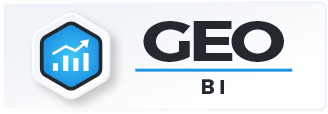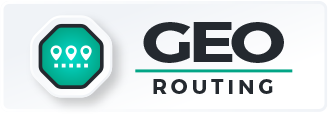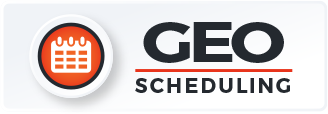- Blog
- Geo Routing
- Choosing the Best Route Planning Software: What Smart Companies Prioritize
The best route planning software helps companies manage complex schedules, minimize costs, and deliver on time, every time. For businesses that rely on deliveries, field services, or fleet management, routing is no longer just a back-office task — it’s a core driver of profitability and customer experience. With so many route planning software options available, the challenge is knowing which features and capabilities truly matter. Smart companies look beyond the basics and prioritize tools that scale with growth, adapt to real-world challenges, and deliver measurable ROI.
What Is Route Planning Software?
Route planning software helps businesses design efficient travel paths for drivers, technicians, or delivery teams. Unlike static maps or manual planning, modern route optimization software uses algorithms to minimize distance, balance workloads, and adapt to real-time changes. Paired with route scheduling software, it ensures the right resources are assigned to the right routes at the right time. For industries like logistics, HVAC, retail, and distribution, investing in the best tools means lower costs, faster deliveries, and stronger customer satisfaction.
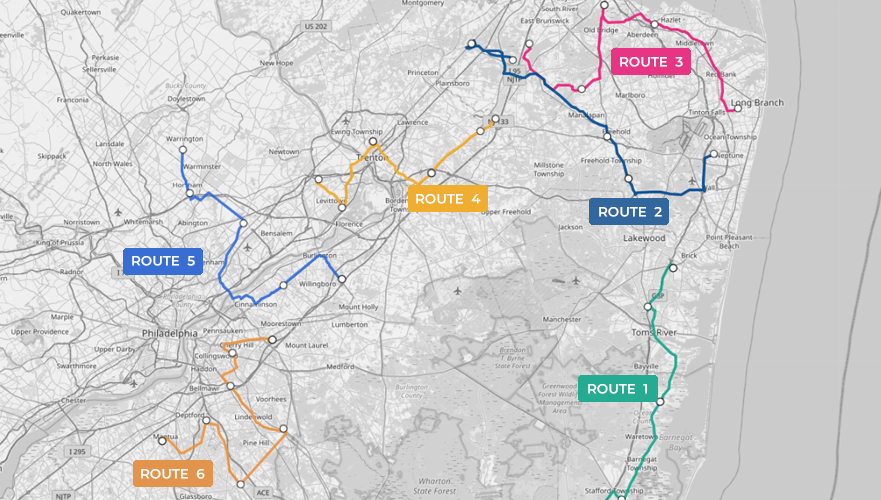

Pro Tip: Don’t just compare features. Look for delivery routing software that pairs optimization with data-driven insights. Geo Routing delivers multi-stop route planning, workload balancing, and real-time updates — helping you turn routing into a competitive advantage.
What to Look For in the Best Route Planning Software
Not all tools are created equal, and companies that want to maximize their investment need to look deeper than surface-level features. The best delivery route planner software should not only create efficient paths but also adapt to real-world challenges like traffic, last-minute order changes, and customer expectations. Businesses should evaluate solutions based on reliability, scalability, and how well they integrate with their existing systems. It’s also important to consider whether the software provides actionable insights that improve performance over time. Here’s what smart companies prioritize when evaluating routing and scheduling software solutions:
Scalability Across Fleets and Teams
The best route planning software grows with your business. Whether you manage a handful of vehicles or a nationwide fleet, the system should support multi-driver assignments, territory planning, and large-scale optimization. Fleet route planning becomes easier when the platform can adapt seamlessly to higher volumes.
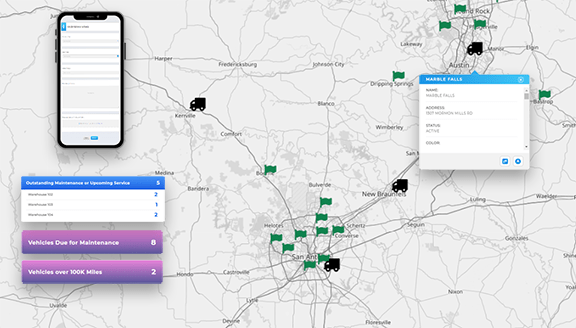
Multi Stop Route Planning
Businesses rarely deal with point-to-point deliveries. A multi stop route planner ensures drivers complete the maximum number of stops with the least amount of wasted mileage. This functionality is critical for retailers, couriers, and service teams that manage dozens of stops per day.
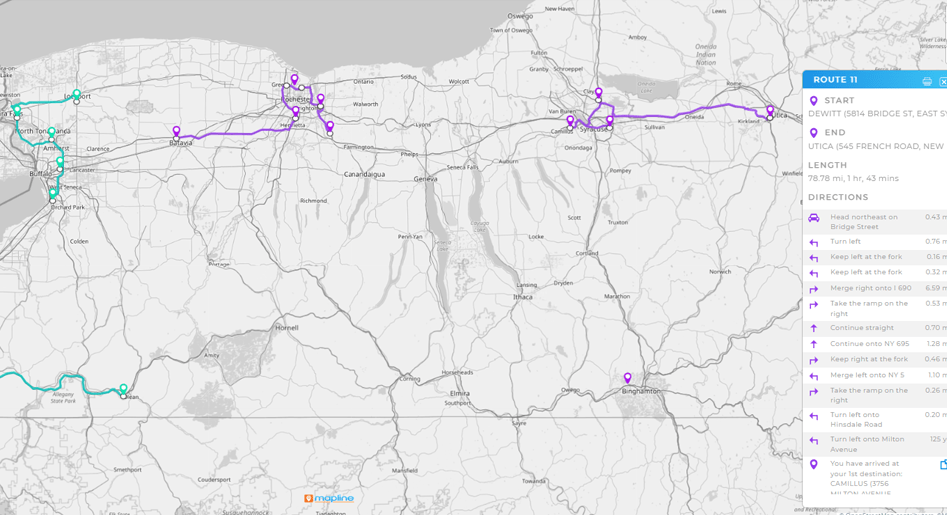
Real-Time Adjustments
Unexpected delays are inevitable. The right delivery route planning software makes it easy to reroute drivers, reassign jobs, and notify customers instantly. By combining dispatch and routing functionality, companies avoid bottlenecks and deliver a smoother customer experience.
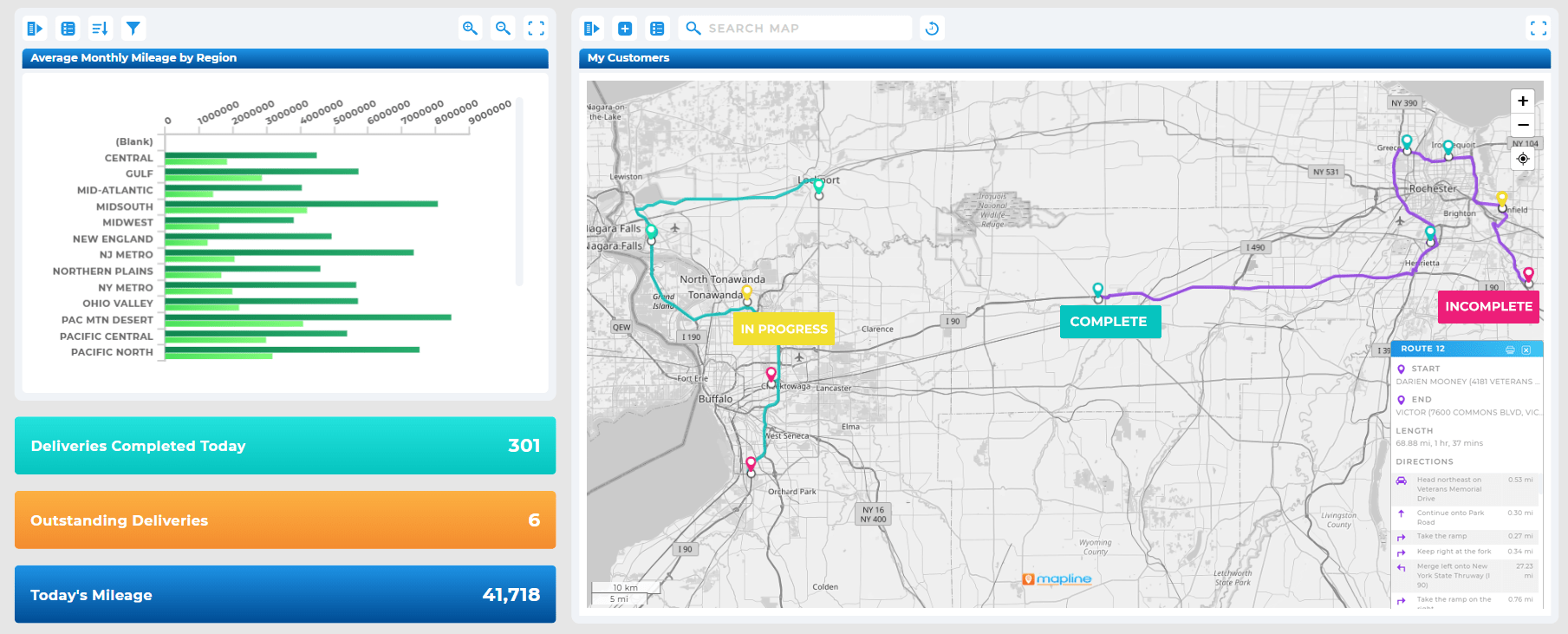
Last Mile Route Optimization
The last mile is the most expensive part of logistics. Last mile route optimization helps minimize costs while meeting strict customer expectations. Features like proof of delivery, automated notifications, and live tracking elevate service quality while reducing inefficiency.
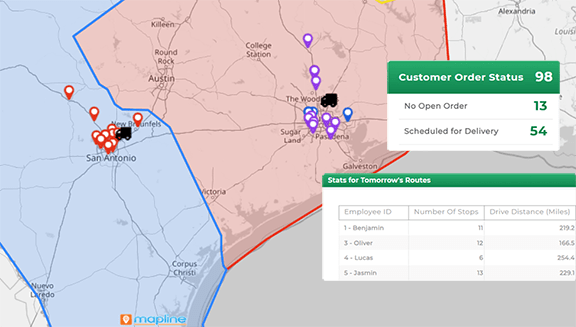
Integration and Analytics
The best route planning software doesn’t operate in isolation. It integrates with CRMs, inventory systems, and fleet management platforms to provide end-to-end visibility. With advanced reporting, businesses can measure cost savings, driver performance, and customer satisfaction to prove ROI.
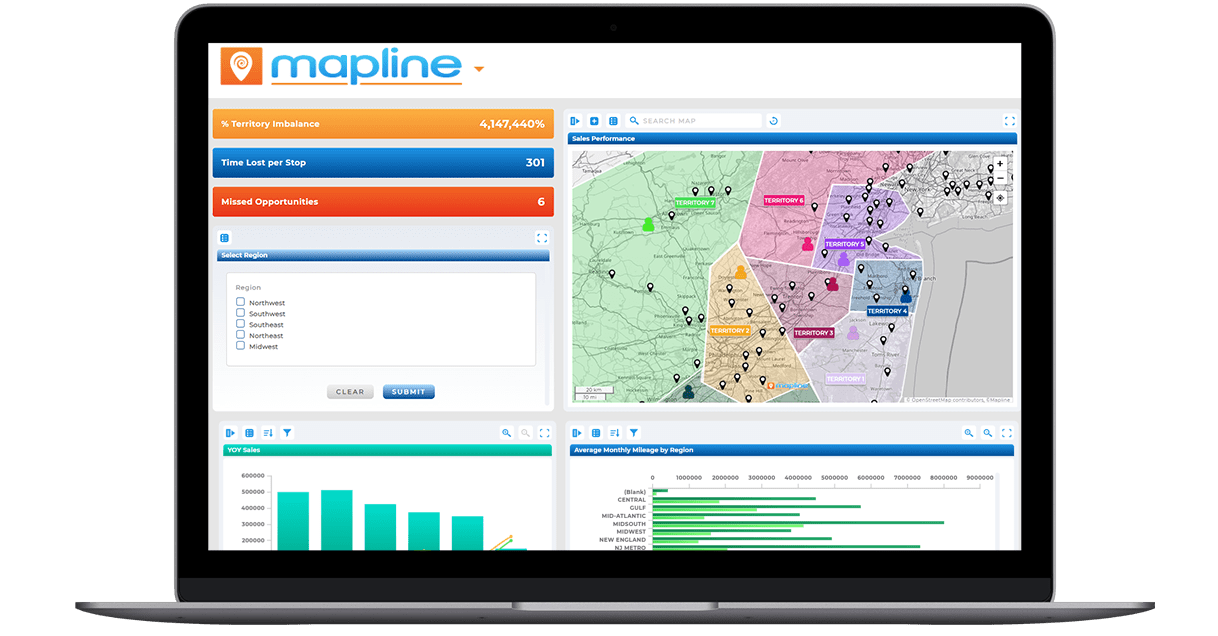
It’s software that helps businesses optimize routes, balance workloads, and reduce costs while delivering better customer service.
It uses algorithms to minimize distance, save fuel, and improve efficiency for multi-stop routes and fleets.
Routing software focuses on travel efficiency, while scheduling software ensures the right jobs and resources are assigned to each route.
The last mile is the costliest segment of delivery. Optimizing it saves money while improving on-time performance.
Yes. Tools like Mapline are designed to be scalable for small teams as well as enterprise fleets.
Yes. Mapline’s routing software integrates with CRMs, inventory systems, and fleet management tools for complete visibility.






